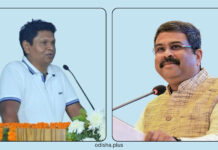Kailash Chandra Dash
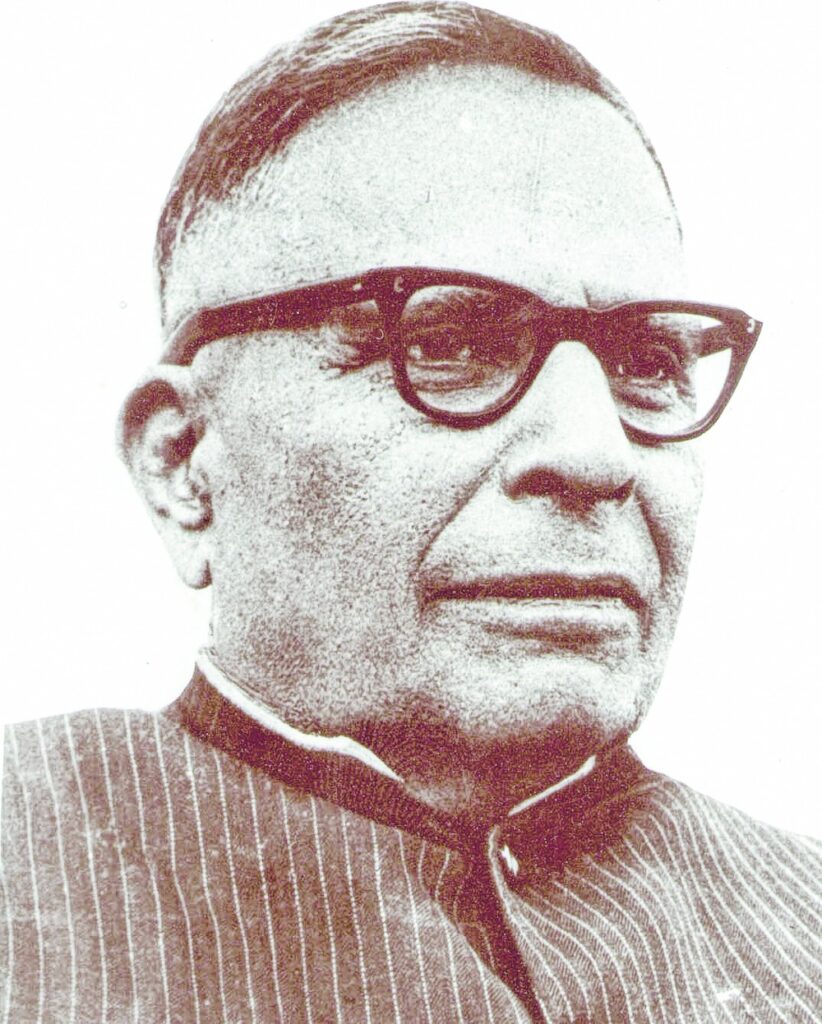
From the middle of the 20th century until the present phase there has been considerable debate and discussion on the life and remarkable programs of an extra-ordinary statesman and maker of New Odisha like Harekrushna Mahatab. Yet much remains to be spoken on his activities and discourses. His constructive and cultural bent of mind throughout his eventful career has led the print media to make a significant assessment; his literary taste and activities have equally prompted the critics to articulate his milestones in this respect. Despite that, a considerable gap still exists to be covered up and more milestones of his career need to be presented by the researchers. Therefore in this focus, an attempt has been made to show some new facts on the memorable and expanding activities of this great statesman based on an interpretation of literary documents (in the form of newsweekly and literary magazines) and archival confidential reports of the colonial phase. He was, in fact, a miraculous man of action who devoted himself from his childhood days till his death to the social and cultural resurgence in Odisha.
Harekrushna Mahatab came to first public focus in his 16th year by Ananta Mishra who was a pracharaka of Utkala Sammilani. On 24th May 1915 in Asha (a newspaper from Brahmapur) Mahatab as a student was highlighted in a focus entitled Agarapada. In that focus of Ananta Mishra, it was stated that in the district of Balasore Agarpada which is about 15 miles distant from Bhadrak is the famous seat of a zamindar. It was also reported in that focus that Harekrushna Mahatab, the son of the zamindar and other children of his village were reading in the higher class of Bhadrak High school. Mahatab and his friends showed extra-ordinary interest in the organization of two cultural meetings in Bhadrak. Mahatab himself and his associates had requested Ananta Mishra to visit his village Agarapada. Ananta Mishra visited the village on their request. on May 17, 1915, there was a large meeting in the compound of Agarapada M.E. School where Mahatab had a remarkable role. Ananta Mishra was pleased by the activities of young Mahatab-particularly his patriotic works and love for his motherland which was not found among other young boys of the zamindars in Balasore. According to Ananta Mishra on May 18, 1915, there was a special session of Students Union(Chhatra Samity) in Agarapada when Mahatab and his school mates began to debate on the life and activities of the Maurya emperor Ashoka. From this debate it was very clear that young Mahatab was destined to be a great figure of Odisha soon-it was the assessment of Ananta Mishra at least in 1915 in Asha.
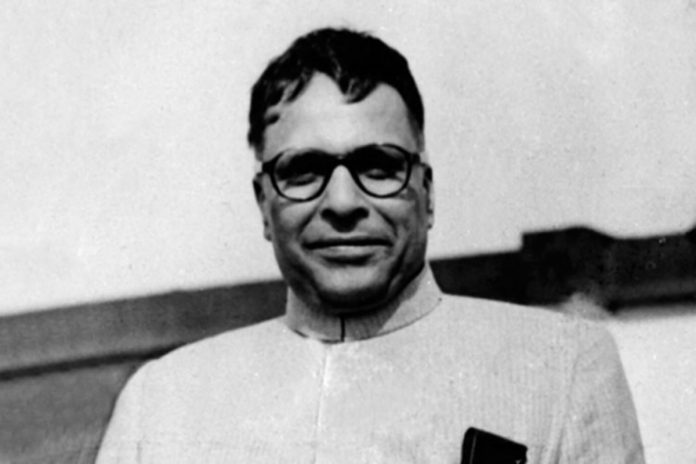
Mahatab was much conscious of the regional and national issues from his childhood days. His aim then was also protest and reconstruction. On March 10, 1917, in Utkala Dipika (Odisha`s famous newsweekly) Mahatab came to focus for his protest letter in collaboration with Udaya Narayana Mahanty. In the letter, Mahatab wrote-On 26th February 1917 in Asha an anonymous reader published a biased and debatable criticism of Salandi (a poem in Odia) by the famous Odia poet Chintamani Mahanty. This poem was prescribed for the students of the I.A. class by the director in Madras along with AryaBala. The crafty critic did not appreciate the poem and had pointed out some mistakes which were an indication of his ignorance of literary criticism. Mahatab also reported there that he had met the great poet Fakir Mohan Senapati who had also shared his feeling on the poor criticism of Salandi. He appreciated the literary contributions of Chintamani Mahanty and remarked that such poor and ill-intentioned remarks on Salandi would never tarnish his fame. This bold letter of protest in Utkala Deepika by Mahatab was important evidence of his extra-ordinary literary passion from his young days.
After two years again in Utkala Deepika in the issue of April 12, 1919, the bold letter of protest in English articulated his social consciousness and leadership traits. In that letter, he wrote:” On the second instance, I was traveling from Cuttack to Bhadrak in the third class passenger train. At Cuttack Station, I found with great astonishment that the third-class passengers were to bribe to have tickets for themselves the constables appointed at the booking office to prevent the breach of peace. Those who were reluctant to pay them anything were treated with pushes and fists. I was a victim in their hands. I did not give them anything, but they gave me pushes. I rushed towards the room of the station master but there was none in that room. The train came up at that time and I could not do anything. Again in course of traveling, I found at several stations hundreds were returning finding no rooms in the compartments, for they were packed up to suffocation. Surely, those who intend to go to distant places must travel by railway. Then why is the Railway Company so eager to sell innumerable tickets while they only supply 8 to 10 compartments? Perhaps the company is quite confident of to-day but desperate for tomorrow. These men call foolishness, selfishness or carelessness of public safety and happiness. I have informed the Traffic Superintendent of these things. I shall let the public know of the decision in due time. All editors are silent about the inconvenience of the third class passengers but to put the poor villagers into danger and inconvenience is not a matter of joke to be trifled with.” This letter of protest sent from Agarapada to UtkalaDipika was an unmistakable indication of social service and protest against injustice on the part of young Mahatab. It also hinted at the inborn leadership qualities of Mahatab in the colonial Odisha.
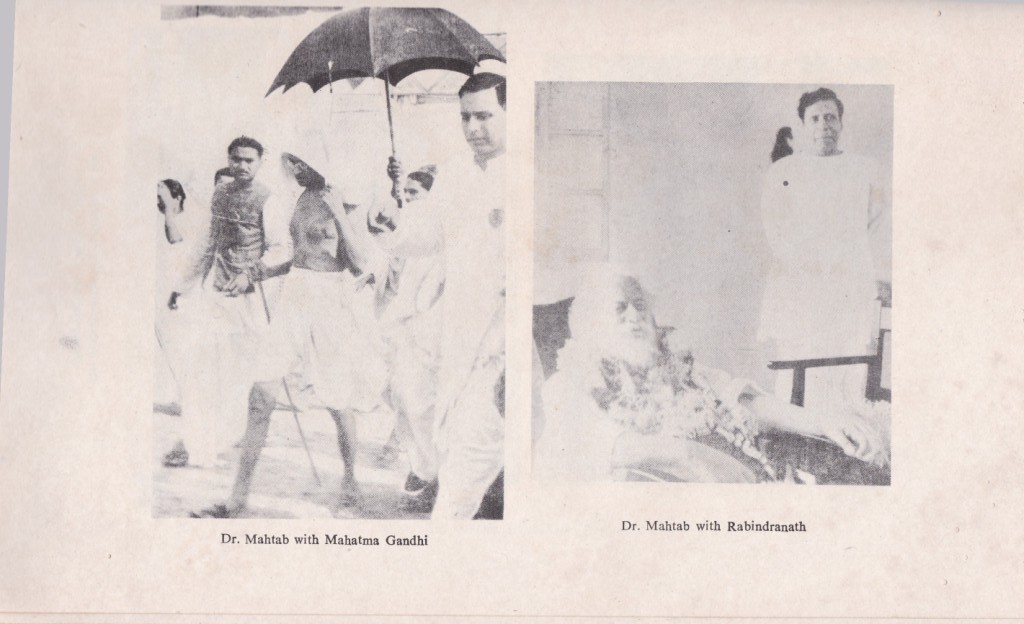
Harekrushna Mahatab had taken a significant role in the phases of Gandhian struggle for independence to acquaint the masses with the Gandhian programmes and for the spread of constructive programs in the rural areas. In the phase of non-cooperation in Odisha Mahatab stood up as a great leader of the protest against colonialism and had a leading role in shaping the nationalist temper of the Odias. As the Secretary of Balasore District Congress Committee Mahatab articulated revolutionary anti-colonial ideas for which he became a great enemy of the British. In 1922 he spread many revolutionary leaflets among the people and instigated them with the seditious ideas. Within 8 months before March 1922, he circulated seditious leaflets from the SwarajAsharam of Balasore on the nature of Swaraj among the people and that wounded the colonial sentiment. On November 8, 1921, Mahatab first circulated a leaflet called Swaraj Samachar and this created his anti-colonial image.
The colonial government in Odisha became very critical of the leaflet. On November 9, 1921, the distribution of Swaraj Samachar created a considerable revolutionary situation and made the people conscious of Swaraj. Leaflets were also distributed On December 11, 12, 15, 18 of 1921, January 11, 13, March 13 and 24 of 1922 by Mahatab in different captions like “SarakarUnmatta (Government Mad)”, “Baleswar Jilla Chhatramananku (To the Students of Balasore District)”, “Call for War”, “To the people of Bhadrak”, “Mada O Tadi”(License for liquor and tari), “Congress and Sarkar”, “The Imprisonment of Mahatma Gandhi” and “This is the Beginning, Mahatma Gandhi`s Six Months Imprisonment” stirred the revolutionary temper of the people of Balasore district and created anti-colonial feelings among them.
All the leaflets were printed in cyclostyle. Those seditious leaflets in Odia language were proscribed by the Government and proper steps were taken to punish Mahatab for his seditious activities. In 1922 Mahatab was confined in Balasore as a house prisoner and then also he began spreading with courage and fortitude the Gandhian programmes. He also articulated his anti-colonial programs in a written document and spread them like fire in that testing phase of confinement. This document in the form of protest was published on 15th July 1922 in Samaj and on 22nd July 1922 in UtkalaDipika.
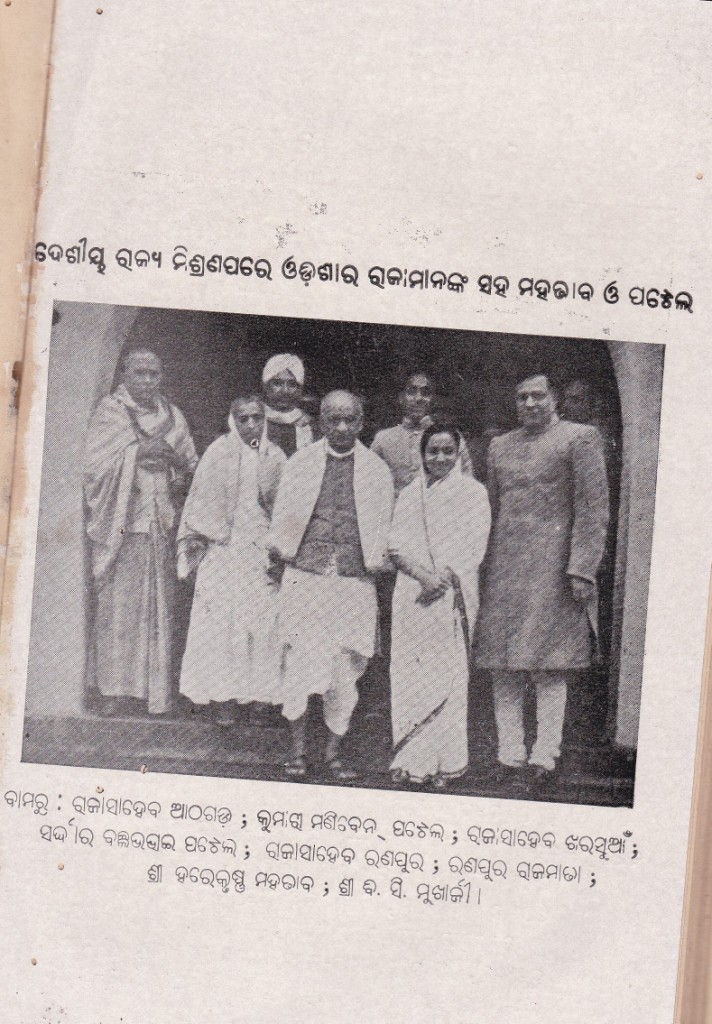
A part of the statement was like this-” I believe the present system of administration in India is very bad. In it, there is no justice. The administration is arbitrary. It should not exist in this country for a single moment more. The more the time passes away the more I am convinced that this administration should disappear. I have read the history of the oppression and depression by the Emperor of Russia. I have read the accounts of the oppression of Italy. I have read the accounts of the oppressions by the Musalmans during the Mughal sovereignty and I have read all the accounts of the oppressions committed in Ireland by the English statesmen as described by De Valera, the present leader of Ireland, but the crooked scientific mode in which the people are being drained in this country, the manner in which the desire of 33 crores of people for national independence is being checked by allowing them to rot in permanent slavery and humiliation and the barbarous oppressions and the uncivilized repressive policy adopted to serve that purpose are not to be met within any age, in any country or in any history. The present administrative bureau has been formed by a few ordinary persons. When these few persons for their own happiness knowingly and willingly allow one-fifth of the population of the earth to rot and die in permanent slavery and poverty, it is the primary duty of everyone to check its progress by undergoing all sorts of troubles and hardships. The object of human life is not to eat, drink and earn money and respect only. The object of life is sacred and great. Please say if a handful of ordinary persons in a body will suck cruelly the life and property of one-fifth of the whole human race or 33 crores of people, and if we, knowing all these shall remain silent and be rotting. The Non-cooperation Movement has shown the simple and open course for its remedy. XXX This mass movement will continue so long as one body of men goes on depriving another body of men of their birthrights and oppressing them in this way. I will continue to stick to this till I breathe my last.” It led to an unprecedented awakening among the masses and kindled a fire protest whose intense form was realized by the colonial government. He had given a revolutionary call to the young men and women for their active participation and conspicuous role in the non-cooperation movement.
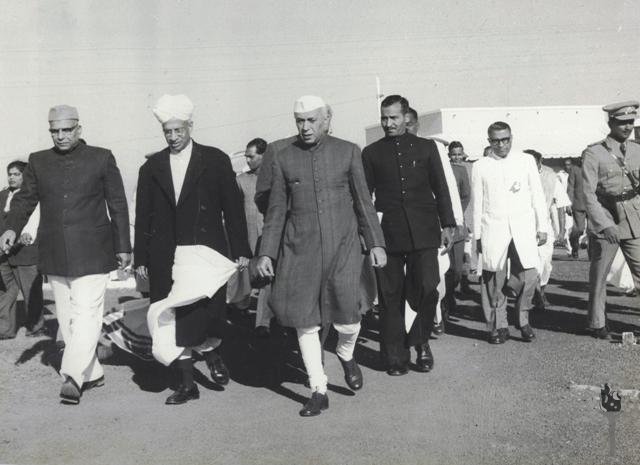
His organizational mind at this crucial occasion can be easily detected from his views expressed in the newly published Odia magazine Sahakara. In the issues of Sahakara (particularly in the first issue of the first volume, 1921-22 in which his focus entitled “UtkalaSevasamity Co-operative Stores” and in the third issue of the 4th volume, 1924-25 in which his focus entitled “Mana Katha” or inner voice was published there is a real expression of his constructive brain and his extra-ordinary leadership traits. In the last focus, he had described while in jail on the deplorable condition of India in the phase of non-cooperation. He stated in that focus-” O lord, energize the Indians. Banish the inner slavery and external bondage of the people. O Lord, now there is external bondage and Indians are with great anxiety. This external bondage has reached the very final point. O Lord, free them and give them enough patience. could you not listen to the sighs and pay attention to their sufferings? How long this poverty-ridden Hindustanis with diseases would continue?” This articulation of Mahatab in Sahakara in the 1920s indicated his concern for the cause of the nation.
Awakening of women or freedom of women was a significant part of his constructive programme during the 1920s. In an issue of Prajatantra ( on 26th September 1927, Monday) Mahatab stated on the role of women for the progress of India-a nation-in-making in a short poem which was placed on the top portion of the front page. The poem expresses Mahatab`s support for the rise of women in India at that crucial phase. He stated that Indian women should rise on that occasion as they were the mothers of great sons and daughters and that they should arouse the young boys and girls from slumber and make them ready to serve the best purpose of the nation. The women of the country should tell the stories of great leaders and heroes to their children so that they would be inspired enough to participate in the making of the nation. Thus Mahatab was well associated with the feminist movement in Odisha in that nationalist phase. His definite role in shaping feminist consciousness in Odisha at this juncture can be detected in the organization of a conference of women (Nari Sammilani) along with the Utkala Provincial Conference in 1929 in Balasore. He was ably supported and assisted by prominent women activists like NishibalaNayak, Pritibala Ray and Jahnavi Devi. The women of Balasore became more active to participate in the Gandhian movement as Mahatab had inspired them with nationalistic feelings. In the phase of non-cooperation in OdishaMahatab was also associated with the problem of the peasants.
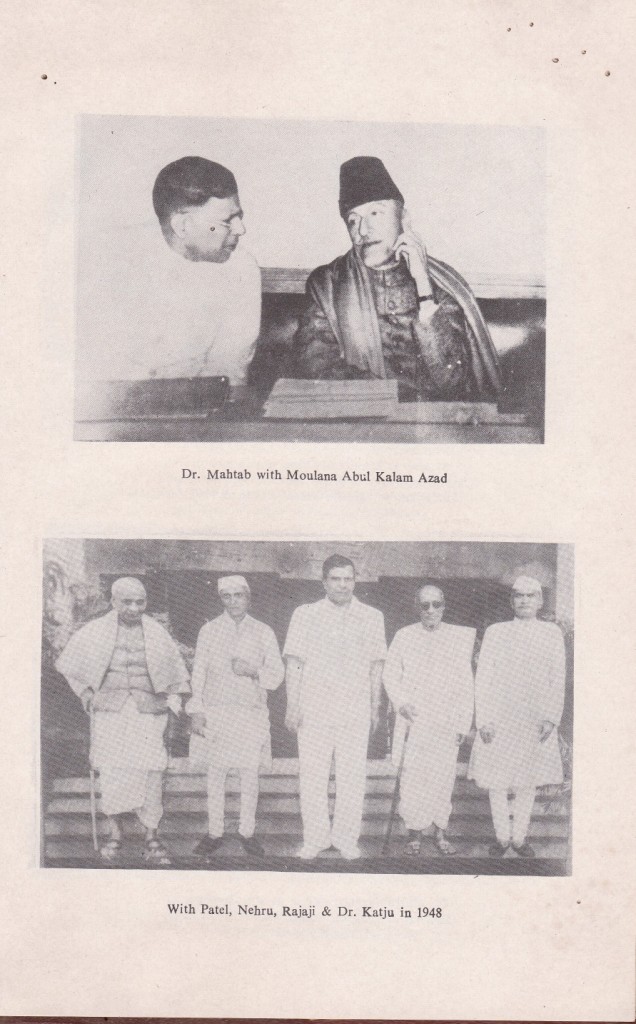
To mobilize the peasants during that phase of struggle Mahatab published in 1929 from Balasore Swaraj Mandir a touchy poem entitled “ChashabhaiShoka”( Weeping of the Farmers). He published a declaration on this poem in his issue of Prajatantra of 6th May 1929 and that led to the awakening for the peasants. In that poem, the sufferings of the village farmers were articulated in a lively and folk language. The peasants were described as the greatest among all the social sections. But the peasants need to be awakened from their abject poverty and degraded condition. An awakened peasant is the real ruler of India. This type of ideas very soon instigated the peasants to rise against colonialism.
Mahatab during the 1920s appreciated the significant role of the youth(young men and women) in the shaping of the national movement and national progress. In this respect, he had a long focus in news weekly Asha (in the issue of 30th December, 1929) which articulated the necessity of young people for the making of the Indian nation. In that focus, he had given considerable emphasis on the youth movement. Like Madhusudan and Gopabandhu he was eager for the rise of young men and women for the cause of the nation. He insisted on the awakening of Odia youth for social and cultural reconstruction and he also demanded that they should go to rural areas for constructive programs. Besides activating youth forces Mahatab in the 1930s insisted on the development of the Dalits in Odisha. This programme of Mahatab could be possible after the successful Patitapaban Yatra of Mahatma Gandhi in 1934 which was a landmark in the social history of India. While he was busy in this programme he was discouraged by the remarks of Nanda Kishore Das of Balasore. But Deshkatha(a famous news weekly in Odia) in the issue of 8th November 1934 strongly denounced Nanda Kishore Das and highlighted Mahatab. According to this report Mahatab had managed by his own expense a school for the Untouchables near his village and that he had expected support from Utkala Provincial Harijan Fund. The fund was not sanctioned for him due to Nanda kishore Das. But still, Mahatab continued his experiment of the Harijana school for some time.
The formation of a great OdiaSamaja in Calcutta alongwith the efforts for the development of the Odia labourers there constituted an enduring achievement of Harekrushna Mahatab. In this respect, he started to unify and organize the Odialabourers in Calcutta through Utkala Sammilani from 1928. in 1929 he became the president of Calcutta OdiaSamaja. Then he was more eager for the formation of branches of UtkalaSamaja(SakhaSamaja) in Calcutta which would lead to an unprecedented awakening among the Odias. From 1929 Mahatab with the active support of some Odia leaders began Odia movement in Calcutta. By his leadership and encouragement, there was powerful Odia movement in Calcutta till 1945. He was the president of Calcutta Prabasi Odia Sammilani and he made the organization very powerful and united. Likewise, his effort for the construction of Utkala Bhavan in Calcutta was also an enduring work.
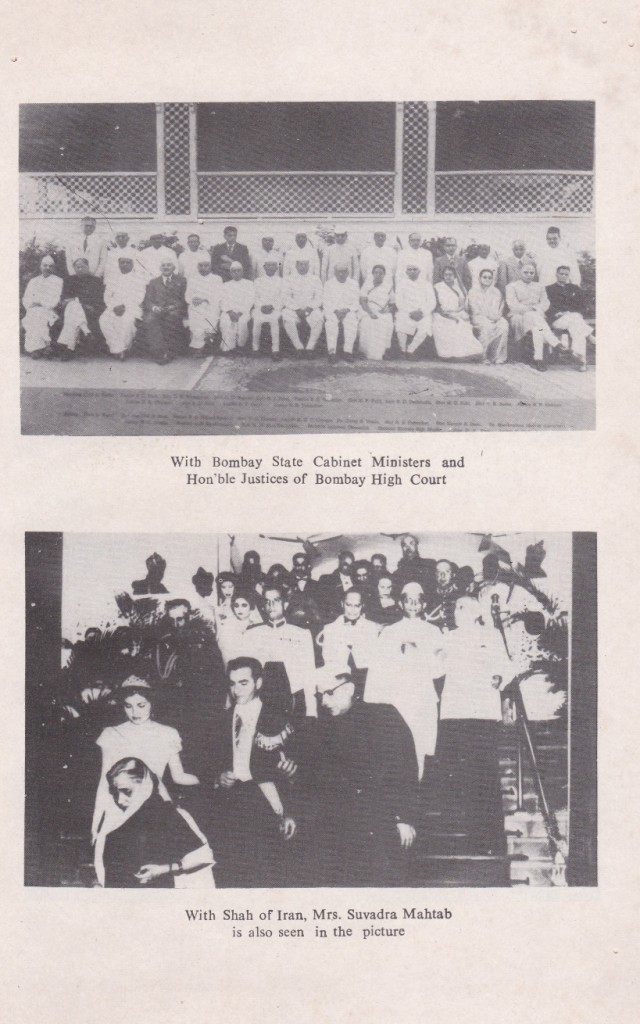
In the shaping of the nationalist movement in OdishaMahatab had a prominent role. Then he emerged as a powerful Gandhian leader and made sustained efforts for the spread of Gandhian programs in the rural areas of Odisha. Though he was the centre of debate in Congress politics in 1937 Mahatab displayed his extra-ordinary leadership traits in the organization of the Congress in Odisha. In an issue of Asha on April 19, 1937, Mahatab made it very clear to the people that they should back the Congress in the struggle for independence and that in the middle part of the national struggle under the leadership of Mahatma Gandhi Congress should have mass mobilization as its programme. In order to lead the Congress in the proper path of the national struggle for independence and for the spread of Gandhian constructive programs in the rural areas, Mahatab had taken the support of print media. Journalism was his great passion and in this respect like Gopabandhu Das, he had advanced a lot while editing Prajatantra(an Odia weekly) from October 3rd, 1923. Prajatantra was the focal point of Odisha politics and it had many interesting debates and discourses on Indian nationalism. In 1942 before the beginning of an unprecedented mass movement like the Quit India Movement Mahatab edited another weekly called Rachana which in the absence of Prajatantra became a bold critic of colonialism.
In explaining the aims and objects of Rachana Mahatab wrote in the issue of January 26, 1942-” The country is passing through a great crisis. To the serious problem arising out of the political subjection of the country have been added the problems of the course of the present war and its consequences. Besides, when the people in the villages hear true stories and picture the whole affair to themselves they became scared. Many again in the absence of news live a life of deplorable indifference which is likely to lead to a state of unspeakable misery. There are many legal difficulties in the way of explaining things from all points of view to the people and of bringing home to them their duties in their own interests. It is regrettable that the people have not only no right to discuss openly how they should behave during the danger, but that any such discussion will invite severe punishment. In the circumstance, however, the Congress under the leadership of Mahatma Gandhi is trying to do as much as it can, keeping the popular interest in the forefront. It is Mahatma Gandhi`s leadership that, regardless of any difficulties or capitalistic obstruction serves a beacon to all the ships big or small which are anxious to reach the shore. It is therefore of the first necessity to carry Mahatma`s message to the villages. The message again should reach the villages in the language which the villagers understand. That is why Rachana has been started and these are its aims and objects.”Rachana in the different issues presented articles of a strong defeatist tendency suggesting the hopelessness of any resistance to the enemy, abusing Britain and representing her as bad as Hitler implying that it is a matter of indifference which side wins the war. In the issues of Rachana Mahatab wanted to provide a critique of colonialism and vocalize Gandhian constructive programs. He had discussed Harijan issues in Rachana with boldness.
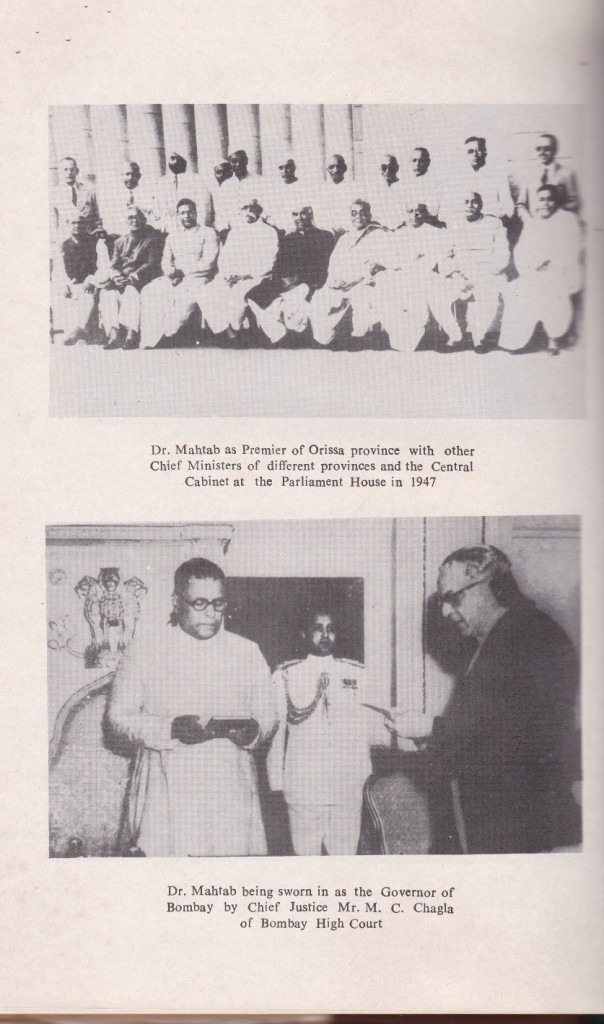
Mahatab had taken considerable interest in the social and cultural progress of the Odias from his young career. He was a key figure in the organization of the first session of the All Orissa Literary Conference on 15th October 1928 in Balasore. He was a member of the executive committee which was in charge of framing rules for the management of the literary organization. In 1931 Utkala Mahavidyalaya which was the brain child of Mahatab was founded in Balasore with three students. It was designed in the pattern of Gujurat Vidyapitha of Acharya Kaka Kelkar. Both Gopabandhu Chaudhury and Priyanath Sarkar were associated with this institution. Karunakara Panigrahi and Mahatab himself were in the teaching staff. As reported in Asha of May 25, 1931, this was a novel plan of Mahatab that articulated his constructive mind. Utkala Mahavidyalaya was like a center of Gandhian constructive programs besides educating the student’s history and allied subjects. In 1933 Mahatab was associated with Suddha Sahitya Prachara Samity of Yamunalala Bajaj along with Gopabandhu Chaudhuri and Acharya Harihar Das. This Samity intended to spread the programs of Mahatma Gandhi thorough his texts. Besides articulating Gandhian studies this institution also appreciated other sacred texts for the moral progress of the people.
Mahatab had a lasting contribution to the vernacular literary resurgence in Odisha. In 1949 to create an atmosphere of literary activities for young writers in OdishaMahatab published under his editorship Jhankara. Within a year Jhankara became a center of literary resurgence in Odia language and attracted the attention of the writers and reader in Odisha. Jhankara as a monthly Odia magazine vocalised literary ideas after Utkal Sahitya, Pradip, Sahakara, and Mukura have withered away and died. Jhankara, as Mahatab thought, would grow based on internal faith and enthusiasm. In an interesting editorial note in 1950 in Jhankara Mahatab stated that Jhankara as a literary magazine would live with proper literary merit. By 1950 about 95 writers appeared in Jhankara and then he had the belief that this number would gradually increase. It would help in a literary awakening in Odia. With Sunday Prajatantra and Jhankara Mahatab created a growing literary situation in Odisha. His Bishuba Sammilana-a lasting contribution to the world of literary people`s union- thrives even today as a memorable symbol of literary resurgence and debates in Odisha. From a modest beginning, it became a famous occasion for the exchange of literary ideas in Odisha. Mahatab appreciated the mobility of literature whether one joins in its march or not.
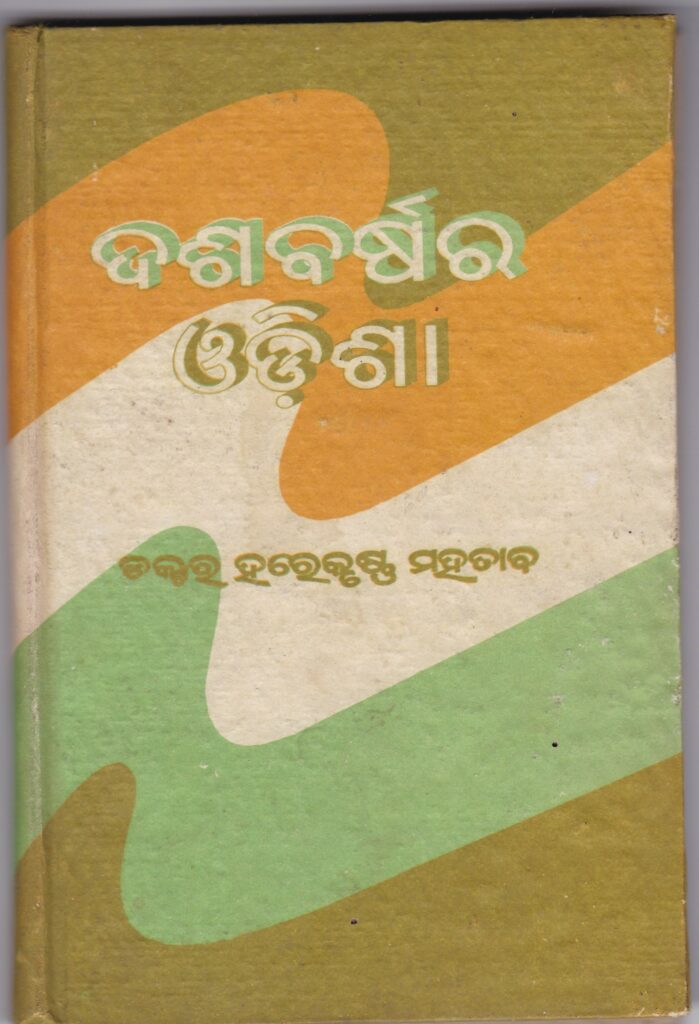
In this way, Mahatab combined brilliantly Gandhian constructive activities with expanding cultural trends in the colonial and post-colonial phase in Odisha. He was able to sharpen the intellectual temper of the Odias along with displaying an extra-ordinary way for the release of the horizon of new ideas. His practical outlook and scientific debate are still relevant to-days. We may like to comment Mahatab as a political figure, but Mahatab as a lover of literature and culture is beyond criticism and has a lasting place in the history of Odisha.





